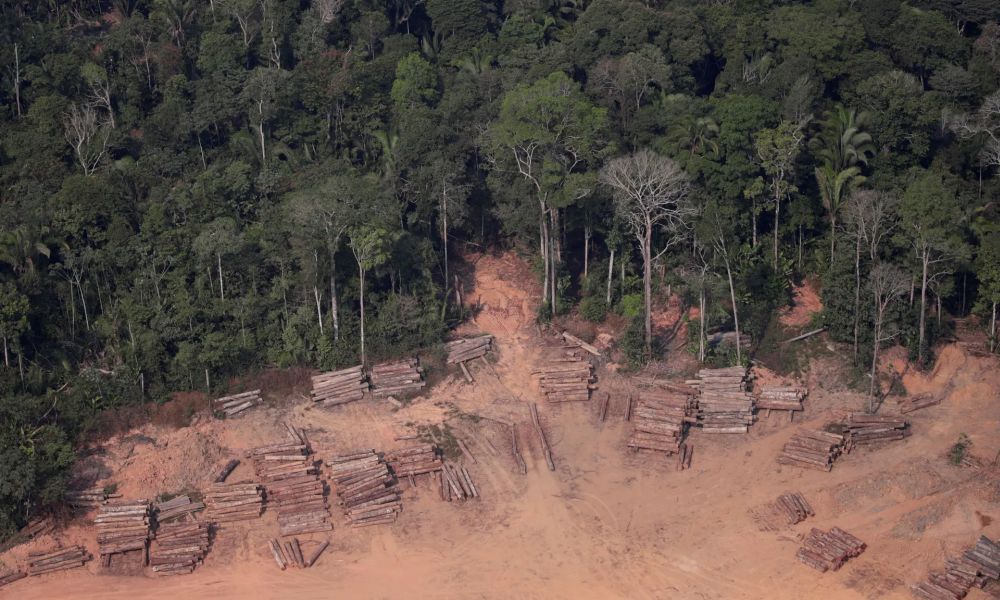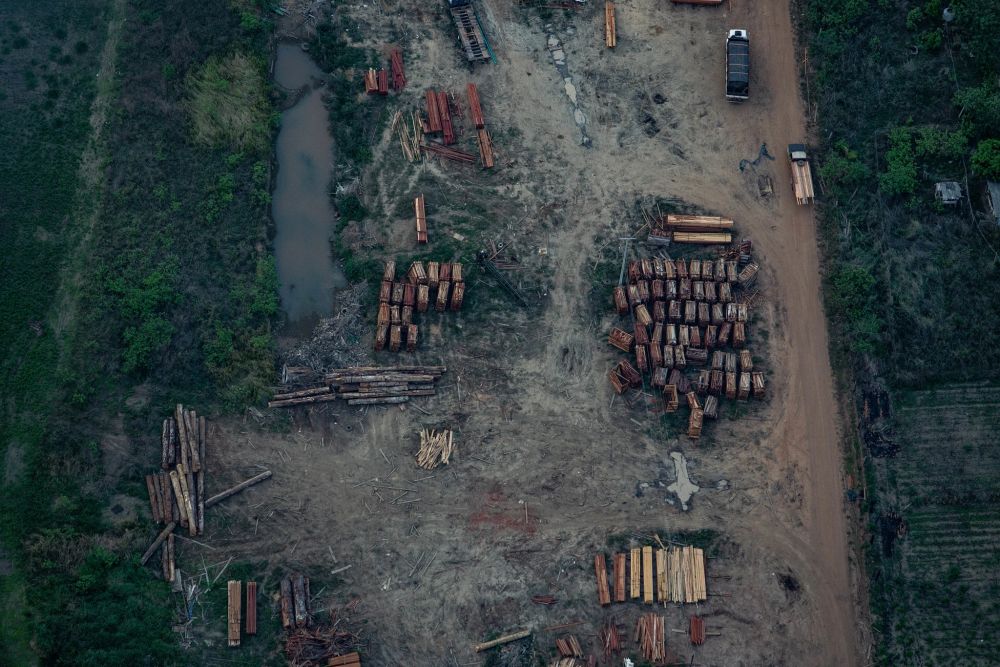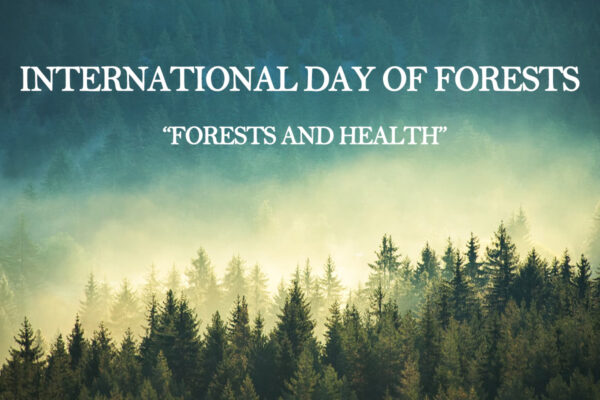A Study Suggests Forests about the Size of France Regrown since 2000
A recent study suggests that forests about the size of France have regrown across the world since 2000 which can help reduce carbon dioxide. The restored forests are believed to soak up 5.9 gigatonnes (Gt) of carbon dioxide, greater than the annual emissions of the US.
A team of WWF used a satellite to map out the regrown forests. Forest regeneration means that natural woodland is restored with little or no intervention. This can mean doing nothing at all or planting native trees, fencing the livestock, and discarding invasive plants.

Image: Ueslei Marcelino/Reuters
Natural forest regeneration is relatively cheaper, rich in carbon, and a better option to sustain local biodiversity rather than a planned forest.
William Baldwin-Cantello of WWF said that deforestation claims millions of hectares of land each year, which is far more than forest regeneration.
Deforestation is the focal point of the climate crisis and it is important to do as much as we can to halt it. Additionally, the restoration of forests plays a crucial role in preserving and reviving the lost ecosystem.

Image: Victor Moriyama/The New York Times
The analysis shows a positive outlook towards natural regeneration – but this growth didn’t happen with careful planning, investments, and stronger policies that can help increase the forest cover all over the world.
The study points out that Atlantic Forest in Brazil is one such success story. It is estimated that about 4.2 million hectares of land – about the size of the Netherlands – have regrown since 2000 through a combination of planned projects to restore the forest and responsible industry practices.
Also Read: Flash Forest’s Tree-Planting Drones to Help Automate Reforestation
The study is designed to encourage information for forest restoration plans across the world, giving examples of areas where forest restoration projects and efforts are proved to be most successful.
The project is a joint venture between WWF, Birdlife International, and WCS – a team of experts to validate and refine forest restoration plans.
One of the simplest ways to remove carbon dioxide is to plant trees. But scientists suggest planting the right trees at the right place for it to be effective enough to reduce carbon emissions.
Via: BBC


